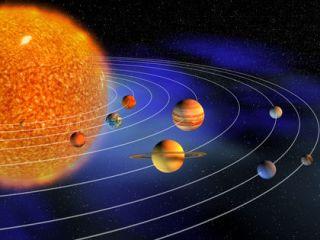
WASHINGTON (PTI): Astronomers have found a dwarf planet in the depths of space well past Pluto, a discovery that suggests there may be a giant planet - ten times the size of Earth - lurking at the edge of our solar system.
The dwarf planet, called 2012 VP113, was found beyond the known edge of the Solar System.
It is likely one of thousands of distant objects that are thought to form the so-called inner Oort cloud, a vast region of space that may be where many comets come from.
The existence of the dwarf planet indicates the presence of an enormous planet, perhaps up to 10 times the size of Earth, not yet seen, but possibly influencing the orbit of 2012 VP113, as well as other inner Oort cloud objects.
The known solar system can be divided into three parts: the rocky planets like Earth, which are close to the Sun; the gas giant planets, which are further out; and the frozen objects of the Kuiper belt, which lie beyond Neptune's orbit.
Beyond this, there appears to be an edge to the solar system where only one object, Sedna, was previously known to exist for its entire orbit.
However, the newly found 2012 VP113 has an orbit that stays even beyond Sedna, making it the furthest known in the solar system, said Carnegie Institution's Scott Sheppard and Chadwick Trujillo of the Gemini Observatory.
"This is an extraordinary result that redefines our understanding of our Solar System," said Linda Elkins-Tanton, director of Carnegie's Department of Terrestrial Magnetism.
Researchers said 2012 VP113's closest orbit point to the Sun brings it to about 80 times the distance of Earth from the Sun, a measurement referred to as an astronomical unit or AU.
In our solar system there is a distinct edge at 50 AU.
Only Sedna, discovered beyond the Kuiper Belt edge in 2003, was known to stay significantly beyond this outer boundary at 76 AU for its entire orbit.
Researchers determined that about 900 objects with orbits like Sedna and 2012 VP113 and sizes larger than 1,000 km may exist and that the total population of the inner Oort cloud is likely bigger than that of the Kuiper Belt and main asteroid belt.
"Some of these inner Oort cloud objects could rival the size of Mars or even Earth. This is because many of the inner Oort cloud objects are so distant that even very large ones would be too faint to detect with current technology," said Sheppard.
The similarity in the orbits found for Sedna, 2012 VP113 and a few other objects near the edge of the Kuiper Belt suggests that an unknown massive perturbing body may be shepherding these objects into these similar orbital configurations.
Researchers suggest a Super Earth or an even larger object at hundreds of AU could create the shepherding effect seen in the orbits of these objects, which are too distant to be perturbed significantly by any of the known planets.
 Previous Article
Previous Article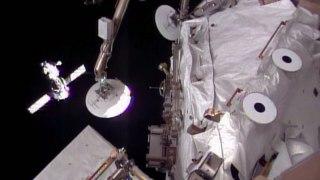 Next Article
Next Article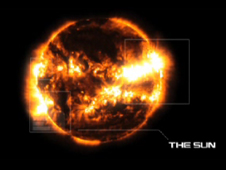
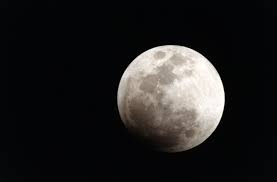
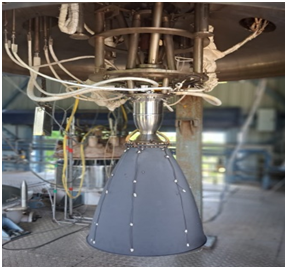
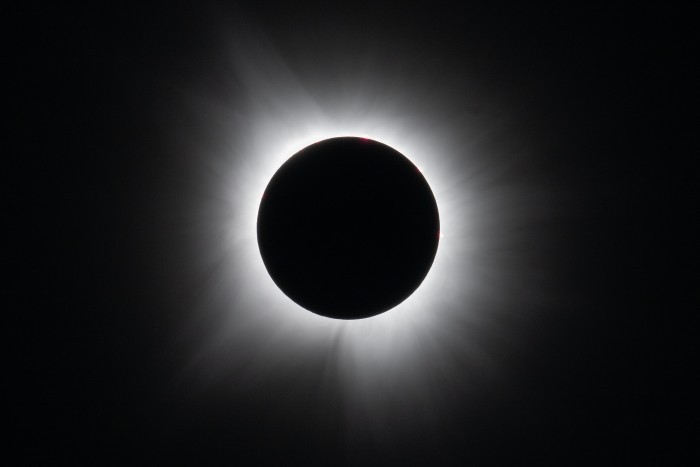



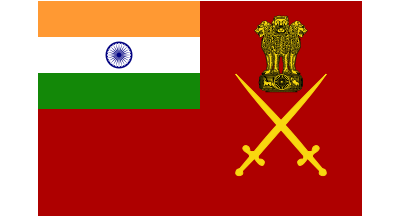






The Indian Air Force, in its flight trials evaluation report submitted before the Defence Ministry l..
view articleAn insight into the Medium Multi-Role Combat Aircraft competition...
view articleSky enthusiasts can now spot the International Space Station (ISS) commanded by Indian-American astr..
view article